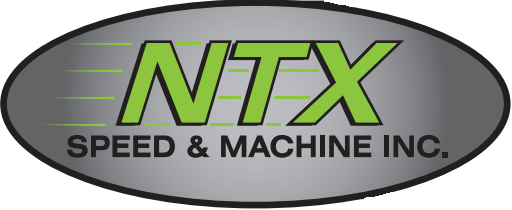- light knocking when an engine is cold that stops once the engine get up to temperature may be piston to cylinder wall excessive clearance.
- light knocking toward the top of the block that stops when fuel or ignition is removed from a particular cylinder may be connecting rod bearing failure.
- a double knock that may lessen when the engine rpm is allowed to lower from high rpm.
- heavy knock from lower end of block all of the time may be main bearing failure.
- light ticking noise from top of engine may be excessive valve lash.
- rattling noise from front of engine may be timing chain preload.
The diagnostic tools:
- Scan tool. Always check for DTC's (diagnostic trouble codes) because they may help locate a particular cylinder. And, in some situations they can help identify low oil pressure.
- Manual oil pressure gauge. Most times these are not the easiest to install they are the best way to interpret engine oil clearance conditions. If the oil pressure is lower than specifications or is oscillating wildly you may have an main bearing, rod bearing, or oil pump concern.
- Engine vacuum gauge. Cheap, easy, and easy to interpret. They usually come with a "text book" diagnosis that most times can diagnose piston ring, valve sealing, and valve timing issues.
- Compression gauge another quick way to check engine condition.
Not all of the tools listed above will be useful by themselves, but when used all together they help you to figure out what is needed to fix your dilema.
Then there are times engine noises might be characteristic to a particular engine. If you suspect your noise to be characteristic the best diagnosis may be a side-by-side comparison. Find a similar vehicle with the same engine and transmission an just listen during the conditions in which your's occur.
If you ever need help diagnosing and your are in our area don't hesitate to call on us.
North Texas Speed & Machine your OEM and performance engine rebuilder. (972)221-8811

No comments:
Post a Comment